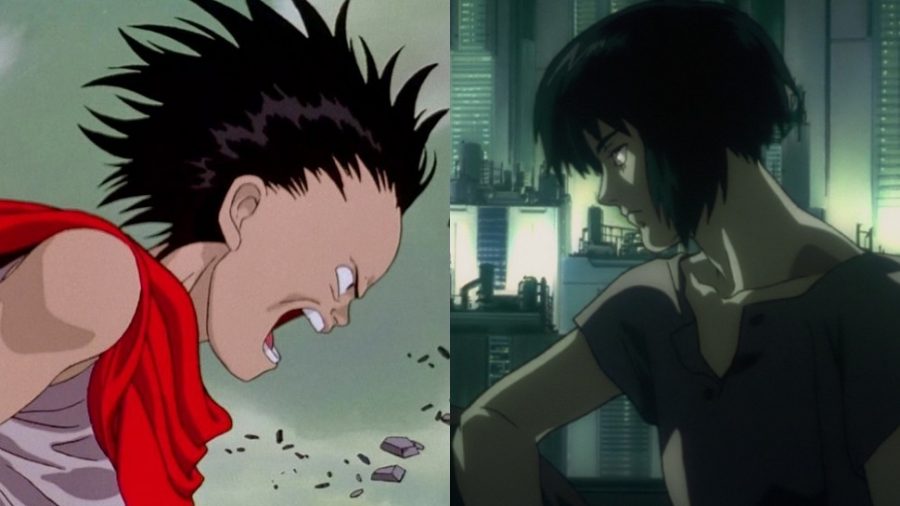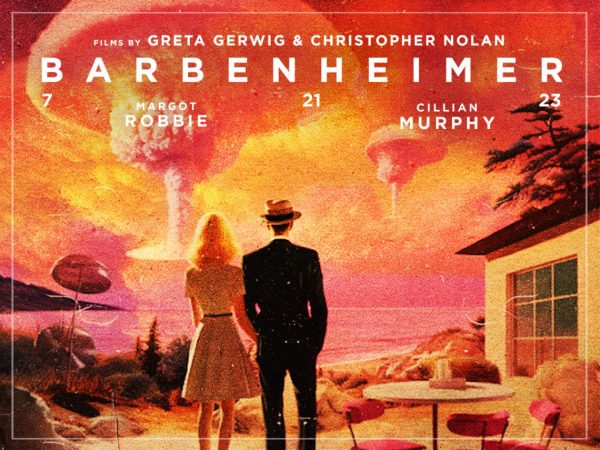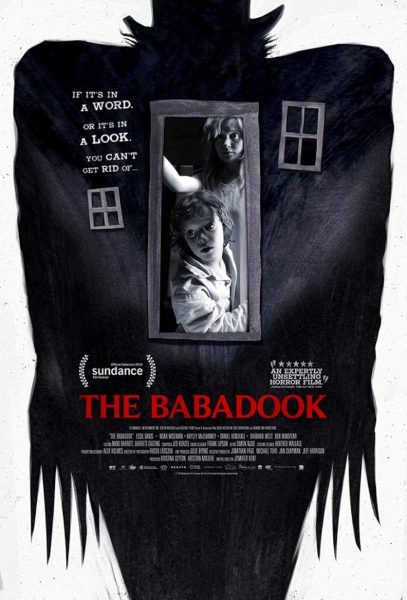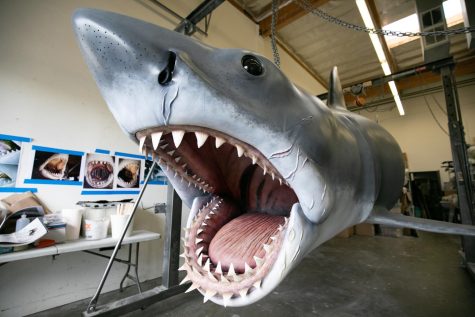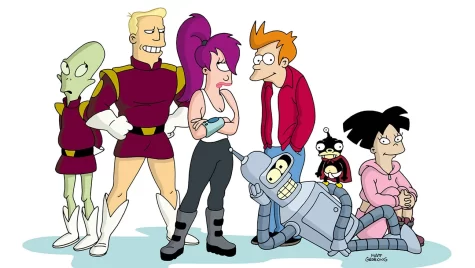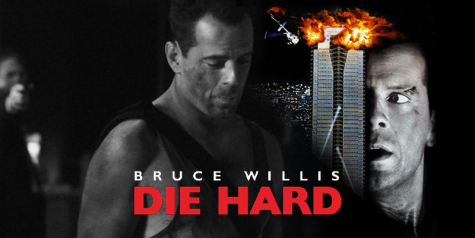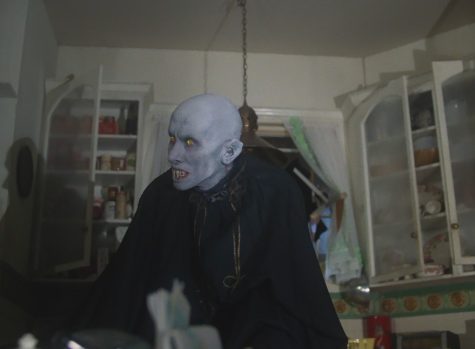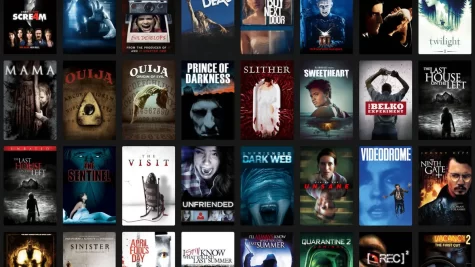Akira and Ghost in the Shell: a Comparison
It’s a battle between two pillars of the high-concept cyberpunk anime genre.
[Disclaimer: Both “Akira” and “Ghost in the Shell” contain very mature elements. If you are younger than 17, I do not recommend watching either of these movies without parental permission.]
I’ve always been interested in cyberpunk. The idea of a neon-drenched future filled with skyscrapers, artificial intelligence, and morally dubious characters fills me with fascination, but my favorite part of the genre is how similar it is to real life. From facial-recognition systems to genetic modification to increasingly-complex computers, our technology seems to be quickly approaching that of films such as Blade Runner and Minority Report. Heck, parts of cities such as Tokyo and Hong Kong already look straight out of a cyberpunk movie! Cyberpunk’s parallels to the real world allow the genre to explore pressing issues, such as governmental overreach, corporate domination, and scientific ethics. Two films that masterfully utilize a cyberpunk setting to expound upon such themes are Akira (1988) and Ghost in the Shell (1995). Both are Japanese anime and are based on manga (comics) of the same name. While these films both feature cool visuals and impressive action scenes, they also succeed in getting a message across. Because of their similarities, I had the idea to compare the two movies and make a judgment on which is better. To make such a comparison easier to digest, I have broken up the films into six unique categories, plus my overall preference.
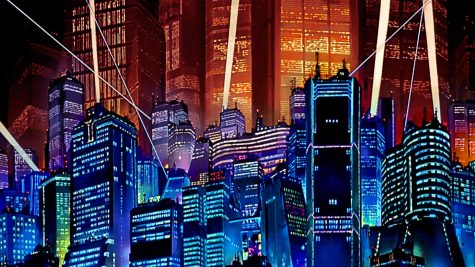
Setting
As you might expect from cyberpunk movies, both Akira and Ghost in the Shell take place in the future. However, this is essentially where the similarities between the films’ settings end. Ghost in the Shell takes place in the Japan of the future, combining shiny skyscrapers with more weathered, Hong-Kong-inspired tenements. In this world, governments have employed androids to work for police forces and spy agencies. There is much political intrigue, but not much in the way of civil unrest. Akira, on the other hand, depicts a much bleaker setting. The anime takes place in Neo-Tokyo, a metropolis springing from the rubble of the old Japanese capital city, which was destroyed in a mysterious explosion. The city is on the verge of collapse, with violent motorcycle gangs roaming the streets and nightly riots met with brutal police crackdowns. Terrorist attacks are common, and a doomsday cult worshipping an enigmatic deity named “Akira” is gaining influence. While Akira features the typical cyberpunk tropes of neon signs and dark back alleys, it also explores the abandoned outskirts of Neo-Tokyo, still scarred by the explosion. This setting gives much of the film a post-apocalyptic vibe that perfectly complements the chaos happening within the city. As opposed to Ghost in the Shell‘s setting, which mainly feels like a canvas for the story, Akira‘s world feels like a living, breathing entity. Neo-Tokyo clearly had a ton of effort put into it, and I’m going to have to give the point to Akira on this one.
Plot
I saw a comment online that perfectly encapsulates the difference between the two films’ stories: “Ghost in the Shell is about gaining humanity, while Akira is about losing it.” Ghost centers around an android named Motoko Kusanagi who works for Public Security Section 9, a federal police agency. Motoko and her partner Batou have fully cybernetic bodies, with only their brains (known colloquially as “ghosts”) having ever been human. Motoko’s modifications, such as invisibility cloaking and the ability to connect her consciousness to the Internet, give her many advantages in her career. She is tasked with catching the mysterious hacker known only as the “Puppet Master,” who has been involved in various cybercrimes. In her mission, Motoko must fight both external threats and her own demons. Throughout the movie, she struggles to reconcile her organic mind with her bionic body, and eventually finds some closure in the end. Unlike the calm, cool Motoko, Akira‘s protagonists are deeply flawed. The story surrounds a teenage biker gang led by Kaneda, a good-hearted but blustering boy. During a thrilling nighttime chase with a rival gang, Kaneda’s friend Tetsuo is injured in a freak accident and promptly taken away by the government. As Kaneda attempts to figure out what happened to his friend, Tetsuo begins exhibiting strange powers. These powers continue to grow, and Tetsuo lets his newfound strength get to his head, setting the stage for an epic standoff with both Kaneda and the governmental forces trying to keep him in check. While Ghost in the Shell‘s plot is certainly interesting, it lacks the intensity of Tetsuo’s descent into depravity, making Akira the winner of this point.
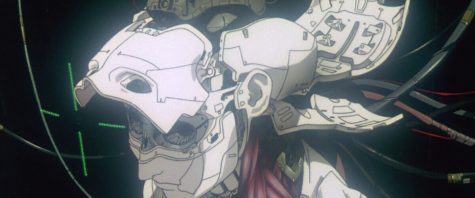
Characters
While Akira‘s characters are by no means poorly-written, it is clear that they are not the main focus of the film. Despite his flaws, Kaneda is generally a likeable protagonist, but he is more of a vessel for the viewer to experience the story than a fully fleshed-out human being. Tetsuo’s fall is tragic enough, but we are not given enough time with him beforehand to truly become attached to his character. Ghost in the Shell, on the other hand, accomplishes much more in the way of character development, despite its short (85 minutes!) runtime. Even with all of her physical advantages, Motoko manages to be quite relatable due to her likeable personality and very human aspirations. While not covered in-depth, her relationship with Batou is fascinating, revealing a certain tenderness that one might not expect of police androids. While neither of these films are necessarily character-driven, Ghost in the Shell does a better job at creating complex protagonists.
Animation
Let me preface by saying this: Ghost in the Shell is a beautifully-animated movie. The visual juxtaposition between the biotic and bionic is fantastic, and the matte paintings that form the background of every scene are gorgeously detailed. However, comparing its animation with Akira is simply unfair. When it came out in the late 80s, Akira revolutionized the animation art form, crafting a gritty, visually stunning world that demonstrated that animation didn’t have to just be for children. From illuminated cityscapes to climactic battles, Akira is filled to the brim with stunning imagery. In particular, its use of lighting and motion is cutting-edge. (Just watch the opening scene on YouTube if you don’t believe me.) While Ghost in the Shell puts up a good fight, it simply cannot top Akira in this category.
Soundtrack
Both of these anime have amazing scores. There is much thematic overlap between them, and both emphasize on drum instrumentation and vocals. This point is honestly a toss-up, but I’m going to give it to Ghost in the Shell, purely because the soundtrack is featured more prominently in the film. For a more in-depth analysis of the scores of Akira and Ghost in the Shell, take a look at my fellow writer Nate Catlin’s analysis, also published in this issue of the Shield.
Themes
At least partially due to the horrible bombings of Hiroshima and Nagasaki, the Japanese have a much different perspective on nuclear weapons than Americans do. While American cinema often paints nukes as a somewhat over-the-top or even comical threat, Japanese movies treat them with a fearful reverence. Akira is one such movie. Tetsuo’s godlike power and its consequences are clearly analogies for the destructive capabilities of nuclear weapons and the folly of any government trying to experiment with them. The film also explores subjects such as corruption, religion, and youth criminality.
But while Akira certainly has interesting themes, Ghost in the Shell‘s are even more fascinating. The movie is ultimately asking: in a world where machinery can perfectly mimic humanity, what does it mean to be truly human? While we never get a clear answer, Motoko’s character and her relationships with others help shed light on this existential conflict. Furthermore, the film shows how a society’s overreliance on technology can lead to its downfall, and it highlights the social isolation created by the internet. For a movie made in 1995, these ideas feel eerily prescient, making Ghost in the Shell a powerful viewing experience.
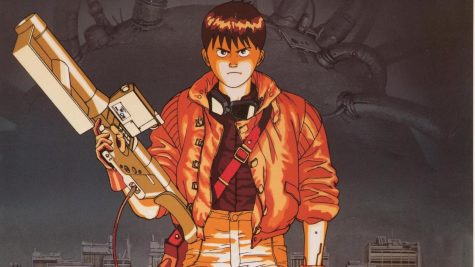
Conclusion
With Akira and Ghost in the Shell tied at three points each, I’m going to have to put my thumb on the scale to determine a winner. While Ghost is an amazing movie, I believe that Akira simply has more to offer. Despite being older, it features a more fleshed-out world, better animation, and an overall higher-quality viewing experience. However, you can’t go wrong with either of these films. Both offer amazing sci-fi experiences that will give audiences something to think about. And while these two films more or less represent the totality of anime that I’ve watched, they’ve given me a great first impression of the art form.
